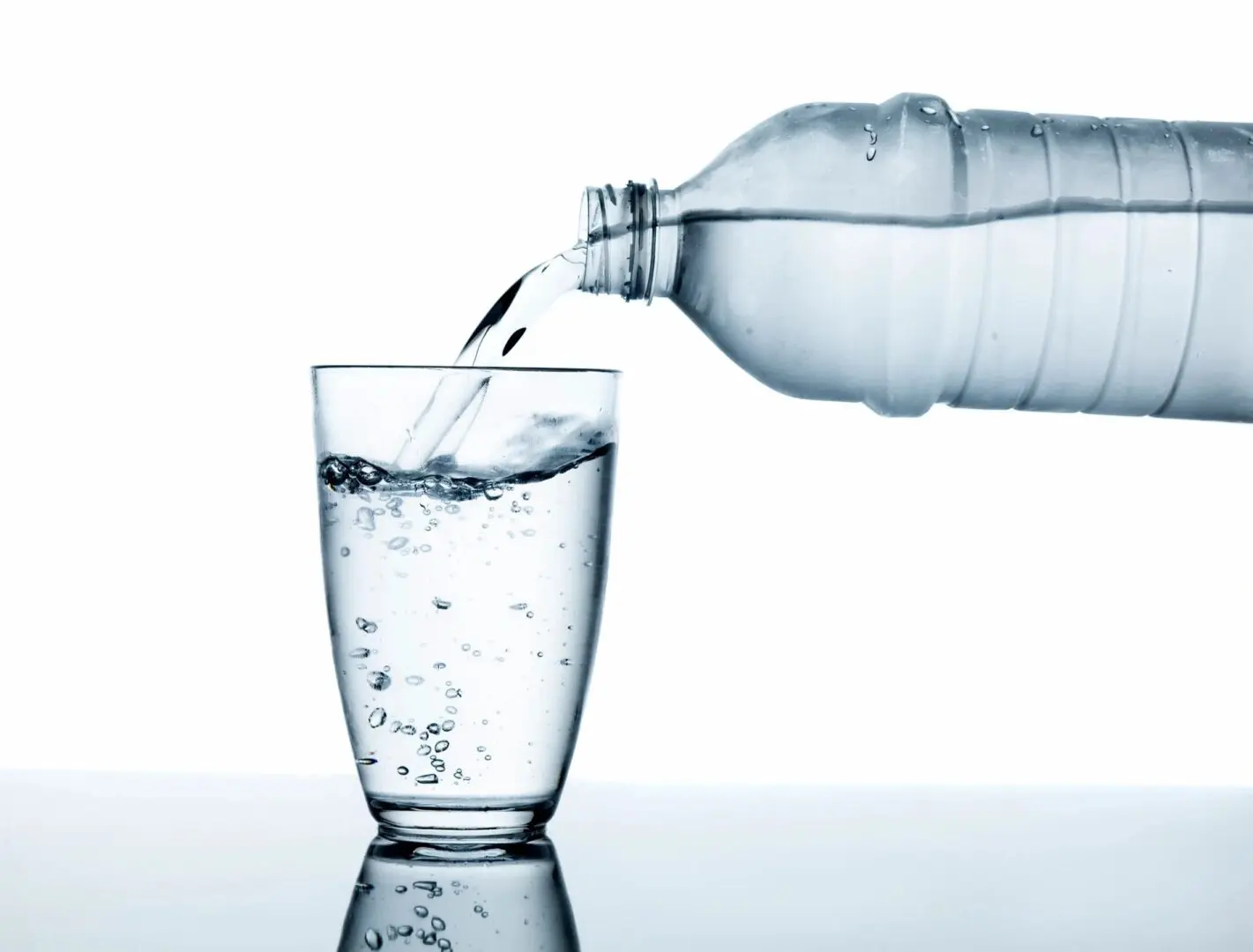Why Try to Reduce Sugary Beverage
Consumption for Kids?
The beverage industry spends over a billion dollars each year marketing its products, with the majority of that advertising explicitly targeting youth and communities of color. This targeted marketing, along with abundant sugary drink access at grocery stores, retail establishments, and community settings, have led to poor health outcomes and significant health inequities in communities of color and low-income communities. The Healthy Beverage Partnership (HBP) has been successful in supporting a policy intervention across Colorado that eliminates marketing of sugary beverages to children in restaurants by ensuring the standard beverage provided with a children’s meal at restaurants is a healthy option (still or sparking water, or unflavored milk or milk alternatives).
This website serves as a toolkit to support public health professionals who are interested in implementing local Healthy Drinks in Kids’ Meals (HDKM) policy strategies. Understanding the impact the policy will have on restaurants is critical to the success of the policy. The first step in this process is collecting baseline data on restaurants prior to the policy being adopted. Utilizing the public health restaurant inspection process is an innovative and collaborative approach to understanding the current state of drinks in restaurant kids’ meals in a jurisdiction or municipality. Successfully setting up a process for collecting drinks in kids’ meal data through local public health’s restaurant inspections also sets up the pathway for enforcement of a HDKM policy.


ABOUT A HEALTHY DRINKS IN KIDS’ MEAL POLICY
A HDKM policy helps to foster healthier environments for families by making it easier for caregivers to make healthy choices for their children at restaurants. The policy ensures the following:
- Kids’ menus (printed, electronic , and menu boards) must offer healthy drinks with bundled kids’ meals (meal plus drink included as one price).
- Healthy drinks are defined as water with no added natural or artificial sweeteners or milk or non-dairy milk substitute with no added natural or artificial sweeteners·
- Employees may not offer or promote drinks with added sugar to children or caregivers while taking food orders from customers.
It is important to note that this policy does not limit what restaurants can sell. Restaurants can sell sugary drinks and caregivers may purchase sugary drinks for their children if they choose. A restaurant may also choose to upcharge for non-default beverages if desired. The policy only requires that sugary drink marketing is removed from kids’ menus and the default drink with a kids’ meal is a healthy option.
WHY FOCUS ON A HEALTHY DRINKS IN KIDS’ MEAL POLICY
Busy families often rely on restaurant meals throughout the week, as opposed to preparing food at home. Restaurant food and drinks account for about 25 percent of children’s calorie intake and the average U.S. resident under the age of 65 eats approximately 5 meals out of the home each week. The added sugar in sugary drinks typically offered with a children’s meal exceeds the recommended amount of sugar a child should have in an entire day. The American Heart Association recommends that children consume no more than six teaspoons of sugar a day. Meanwhile a small 12-ounce soda found on kids’ meal menus contain about 10 teaspoons of sugar.
The consumption of sugary drinks has been linked to an increased risk of chronic diseases and health conditions. Children who drink at least one sugary drink per day are at a 33% increased risk for heart disease and a 25% increased risk for type II diabetes.
In 2018, the sugary beverage industry spent $1.04 billion on marketing sugary drinks and energy drinks. These ads disproportionately target low-income communities and youth of color, resulting in higher consumption of sugary beverages and greater health disparities among Black and Hispanic populations. In 2018, sugary drink companies spent $84 million on Spanish-language TV advertisements, an 80% increase from 2010. In Colorado, 30% of Hispanic children consume one or more sugary drinks per day in comparison to 19% of their White counterparts.
HDKM policies provide healthy options for children starting at a young age which helps to prevent sugary drinks from being their drink of choice later in life. Evidence has shown that if a child regularly drinks soda at age two, it will be their drink of choice at age 17, age 20, and beyond (Crawford). HDKM policies supports parents by providing access to healthy options. It does not dictate what parents can choose for their children.
LOCAL PUBLIC HEALTH’S ROLE IN PROMOTING COMMUNITY HEALTH AND HEALTH EQUITY
Public health agencies play a vital role in protecting the health of youth in their communities and promoting environments in which all children are afforded the opportunity to live a healthy life. In the most recent estimates, the Center for Disease Control and Prevention has stated 90% of the nation’s $3.8 trillion in annual health care expenditure are for people with chronic and mental health conditions. For HDKM policies, research has demonstrated that customers choose the default option offered at restaurants 66% of the time. This policy will ensure caregivers have a fair opportunity to choose a healthy option for their child and decrease their risk for lifelong health conditions. HDKM policies are a critical to reducing health disparities and promoting health equity.

